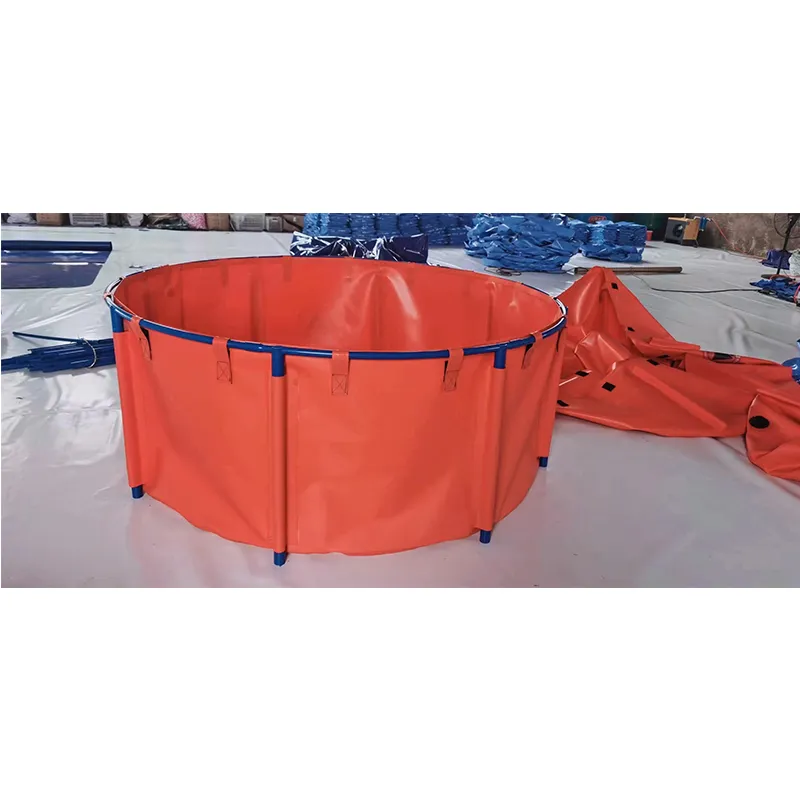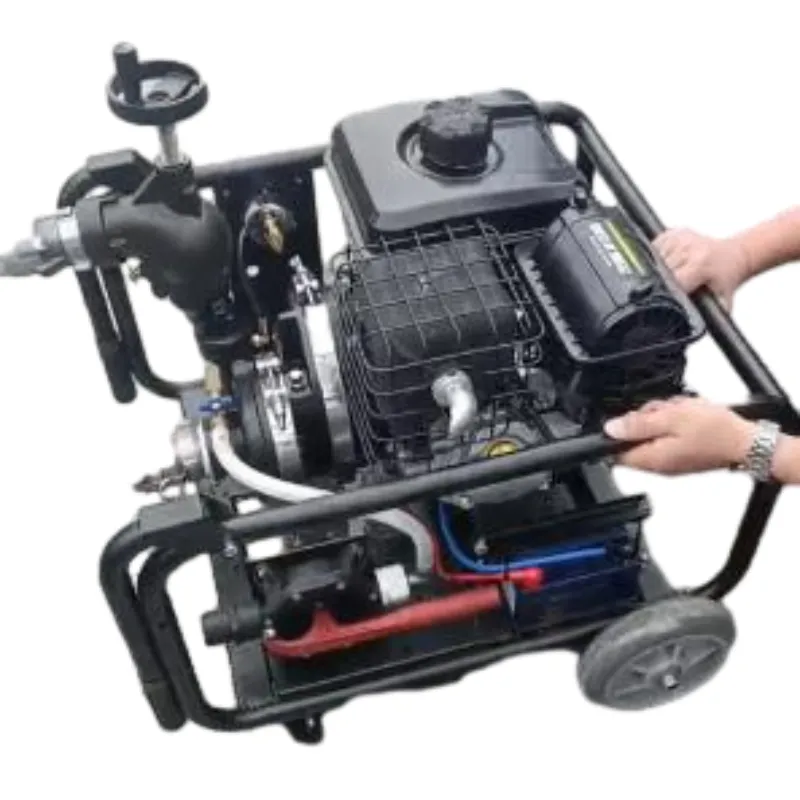

Trust is further cemented through comprehensive training provided by manufacturers and firefighting agencies. Operators must be well-versed in the functionality and maintenance of rotary saws. Training programs often include hands-on workshops and simulations that help firefighters become proficient in handling these powerful tools, ensuring they can operate them under duress efficiently and safely. The integration of rotary saws into firefighting protocols exemplifies the intersection of innovation and expertise. As technology advances, the development of lighter, more powerful, and safer rotary saws is anticipated, aligning with the ever-evolving demands of emergency response scenarios. For firefighting units considering the acquisition of rotary saws, due diligence in research and procurement cannot be overstated. Evaluating the specific needs of a department, such as frequency of use, types of anticipated scenarios, and budget constraints, will guide optimal selection. Consulting with field experts and equipment specialists can provide insights that bridge the gap between theoretical benefits and practical applications. In conclusion, rotary saws stand as a testament to how specialized equipment can transform the efficiency and efficacy of firefighting operations. They underscore the importance of preparedness and the impact of cutting-edge technology in safeguarding communities against the ravages of fire and disaster. As a tool, the rotary saw is not merely a piece of equipment—it is a crucial ally in the relentless pursuit of safety and protection.





















